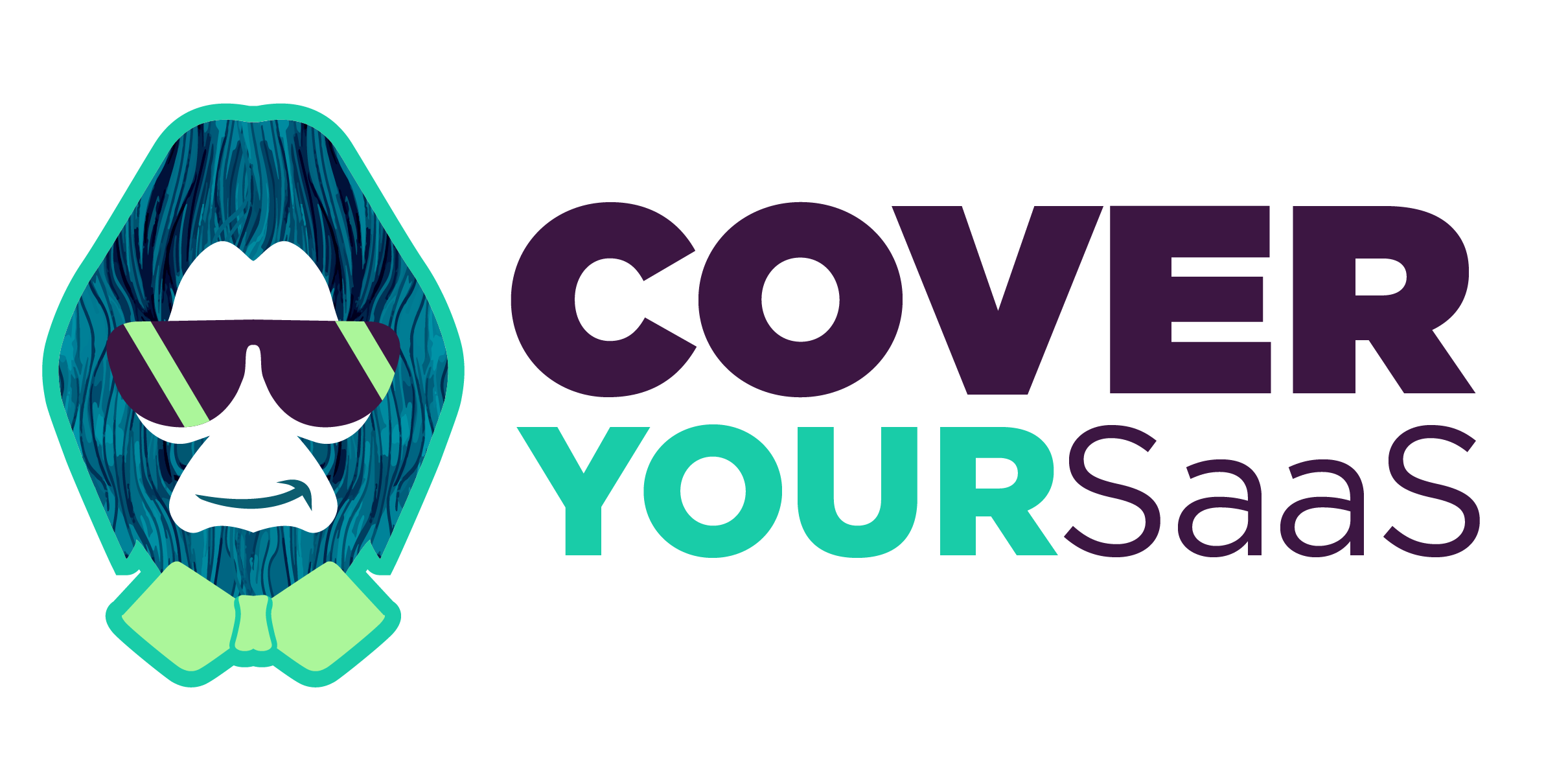We’ve seen a lot of companies go from their friends-and-family financing round to Series A, B, C, and D funding rounds. As time passes, investors are added, revenue increases and the battle to scale up more and more complexity to the operation. SaaS companies are unique in that they tend to shatter the growth expectations of traditional companies. The risk-reward in operating a SaaS company is higher…and with increased risk comes increased operational costs. Here are some factors that may affect your insurance costs as you grow and scale.
Revenue
The cost of an insurance policy is determined by the “rating basis” and “rate”. In the most typical scenario, the rate is set at “x” dollars per $1,000 of revenue, with revenue being the rating basis. For example, an underwriter might price an E&O policy as follows:
Rate = $10 per $1,000 of revenue
Rating basis: total revenue projected for the policy period = $1,000,000
E&O premium = : $10 * ($1,000,000/1,000) = $10,000
In the given example, we were quoted with a premium of $10,000 for $10 per $1000 in revenues. Once we find an insurance company with the best coverage for the best price, we proceed with policy placement.
How does this equation affect your insurance costs as your SaaS company grows? Companies that are growing can expect their insurance premiums to grow as well. As revenues increase, premium increases: the larger the rating basis, the greater the resulting premium. But is there a direct correlation between the two variables? That’s where loss history plays a role.
Loss History
Your insurance premiums may be significantly affected by claims and losses as your company expands. A clean loss history, on the other hand, may result in a reduction in premiums over time as your ratings basis (revenues) rise. As the premium for the policy in the previous example renews, it will go up, but not in direct proportion to revenue. In the example’s $2M in revenues this year, the premium was $15,000. How did we get here? Let’s look at how we got to this rate:
Rating basis: total revenue projected for the policy period = $2,000,000
E&O Premium = : $15,000
E&O Premium = : [rate] * (2,000,000/1,000) = $15,000, rate = $7.50 per $1000 of revenue
In the example, you can see that the premium went up by 50% while the revenue doubled. Even though the risk exposure has doubled, the premium is not keeping up.
It is not uncommon for growing SaaS companies with clean loss histories to receive reduced rates on renewals. The reason for the rate reduction is that with each year that passes, the underwriter has more data to draw from. Also, the more revenue the company earns, the more it is brought in line with statistical models used to forecast losses.
The rate and premium are less likely to drop if there are multiple losses or one or two large losses on the loss history. In these situations, it’s best to describe what changes have been made to prevent similar losses in the future. This will help cushion the blow and express some goodwill on the insurer’s part.
The best way to price out insurance policies as you grow is to have more experience and fewer loss-free experiences.
The Policy Language
There are 2 kinds of insurance policy “templates,” or “forms,” on the market: “occurrence” and “claims made.” An occurrence form covers your business as long as an incident occurs during the policy period. On a claims made form, however, a claim must be made against your business and reported during the policy period.
Claims made coverage can provide coverage even after the policy has expired, as long as the policy was active at the time of the incident. With a claims-made policy, the policy must still be active at the time of the claim to receive coverage. However, because “continuity of coverage” in claims made policies means that each year the “snapshot” of time grows, the claims made policy has more coverage.
How will your company’s insurance costs change as it grows? Each year, claims made forms are more likely to become more expensive (even if only marginally), since the period of coverage is becoming longer. With occurrence-based forms, you pay for a fresh one-year snapshot in time at each renewal, not the case.
All E&O, Cyber, D&O, and EPL policies are typically issued on a claims-made basis, while general liability policies are usually issued on an occurrence basis. In many situations, companies see their GL premium remain the same as the other policy premiums rise slightly.
There are guidelines for assessing the level of market forces and carrier performance.
Pricing for insurance, like any financial product, is subject to macroeconomic forces and market trends, which can be influenced by a host of factors including losses. Hurricane Sandy devastated the east coast in 2012, resulting in major insurance losses. Tech E&O is unrelated to hurricane damage but Tech E&O pricing increased due to the market conditions of 2013 as a result of Hurricane Sandy.
A carrier that is overly optimistic about a particular market sector or product line, or ones that price their products too cheaply in a given state, may experience a similar situation. Losses may spread across the company and raise the premiums of other lines of insurance coverage. When this occurs, we will re-market your insurance and place it with a different insurer.
Your SaaS company’s insurance costs will depend on a variety of factors, just like homeowners insurance premiums increase when you add onto your house. You may see your premiums rise if your home (or neighborhood) has been battered by storms all year long. These are just growing pains. In most cases, if your insurance premium increases, that’s a good sign. It means you’re growing.
These costs can be viewed as an investment in the future of your company, eliminating unnecessary risks and establishing rails to help you get to where you want to go.
